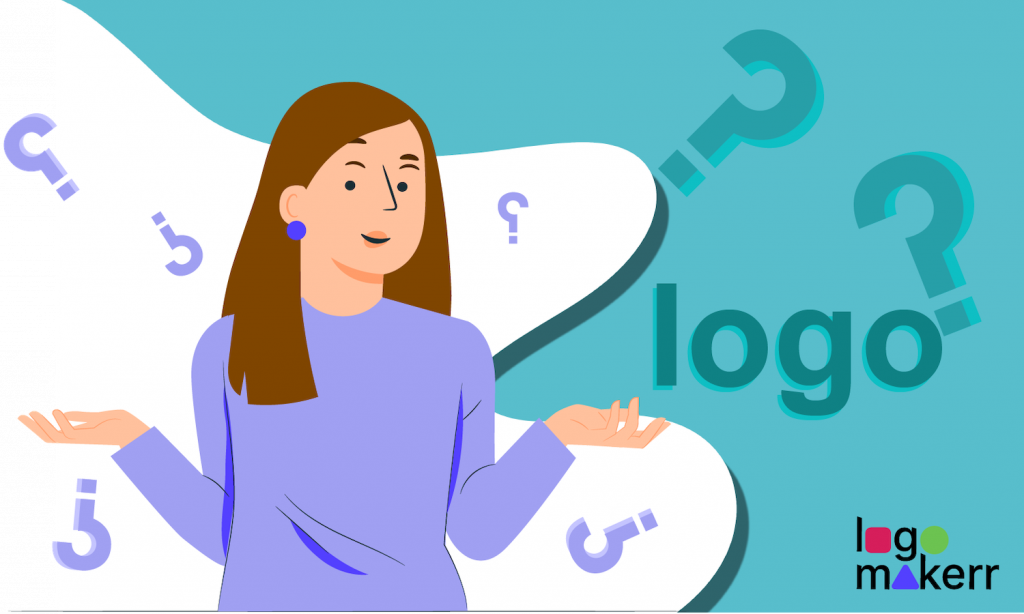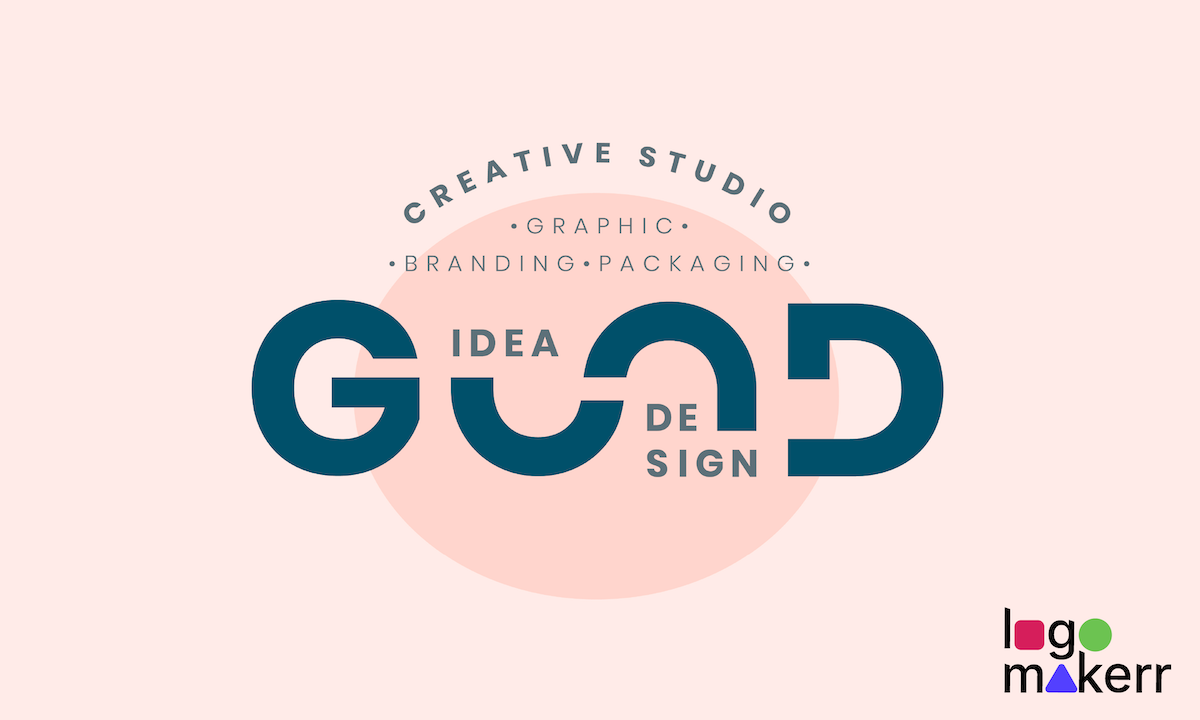Everybody knows what a logo looks like. But, what is a logo, and why is it important?
Logos are an essential part of any branding or marketing strategy. They act as the face of your company. They can be used in various materials, from websites to business cards.
To create an effective and great logo, you must understand what goes into designing one – from the basics of shapes and colors to more complex concepts like brand identity and message.
In this blog post, we’ll take a look at the basics of logo design and explore some of the key factors that go into creating an effective logo. We’ll also take a look at some famous logos for inspiration and see what Ai tool can help us with!

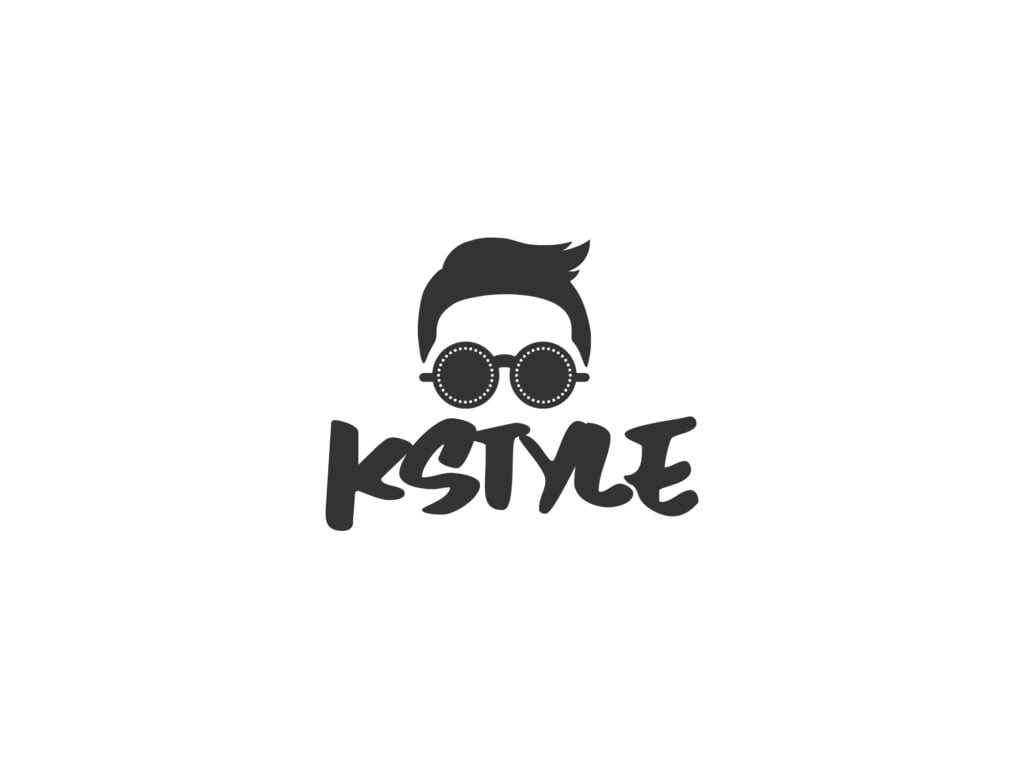


What is a Logo?
A logo design is a graphic mark or emblem commonly used by commercial enterprises, organizations, and even individuals to aid in public recognition.
Logos can have an abstract or figurative design, or a colorful or monochrome style, and so on. They usually consist of one or more simple forms, a wordmark, a symbol, or a brandmark with a slogan that symbolizes the brand values and identity.
For those working on academic projects related to branding and logo design, seeking research paper writing help can provide deeper insights into the impact of logo design on brand recognition. That’s why they are necessary branding materials to promote across different mediums such as websites, business cards, and advertising campaigns.
What are the Elements of a Logo?
Logo has four basic elements that brings out the best in a brand logo. These are color, typography, image, and slogan. Let’s have a look at each one of them.
Color
Everything is better with color! It can evoke certain feelings and emotions. Thus, it can definitely bring out the best in a brand message, culture, and values.
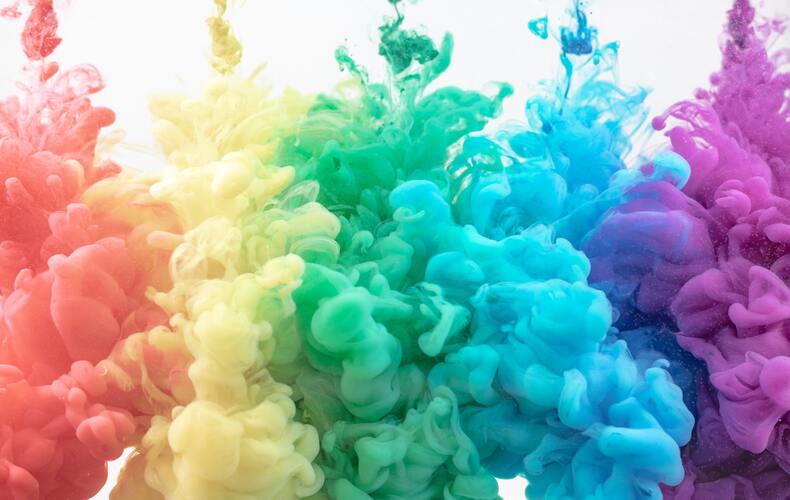
The logo colors might be monochrome, black-and-white, or multicolored, with colorful shapes and lettering.
The company logo should always complement and reflect the brand’s overall visual elements. This alone will reveal a lot about your company to potential customers, especially whether it’s serious, amusing, innovative, classic, and so on.
Typografie
Typography isn’t always synonymous with letters or words. It’s the art of organizing letters in such a way that they’re completely readable, clear, and appealing to a wide range of people.
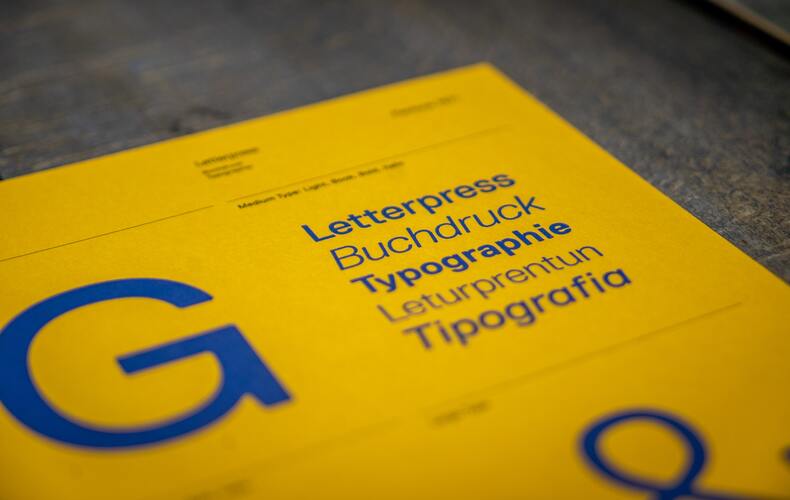
Typography in a logo may appear as a single letter, monogram, or even the full name of your business.
You should also think about the tone and style of your company when selecting a typeface. A whimsical typeface, for example, might be ideal for a children’s toy company, while a more conservative design would be appropriate for a financial institution.
Image
A logo visual is not photography of your store or your portrait. It’s an icon or a symbol that best represents what your business does and stands for. Also, you can use an online image to text converter if you need to extract text from your logo image.

Just by looking at the image (abstract shape, symbolic image, or a simple graphic mark), it should reinforce the company’s message and help customers remember the brand.
Consider some of the most well-known logos, such as Nike swoosh, the Apple apple, or the McDonald’s golden arches. They are all instantly recognizable and evoke certain feelings and emotions in people.
Tagline
A tagline is a brief, memorable phrase or slogan that accompanies your logo and helps communicate the message of your organization.

But not every logo needs a tagline. In fact, some of the most iconic logos in the world – like Coca-Cola and Pepsi – don’t have one.
If you use a slogan, make sure it’s simple to remember and relevant to your business. A good rule of thumb is to keep it short, sweet, and to the point.
The Components of a Good Logo
If you wonder what is a logo, logos are instantly recognizable, convey the company’s brand identity, and instill consumer and brand loyalty. It’s the first thing people will notice (and remember) whenever they hear or come across your brand.
But what are the characteristics that make up a good logo design?
Brand Recognition
A good logo design should be easily recognizable and associated with a particular brand. When people see your logo, they should instantly know who you are and what you do without additional explanation.
This is known as brand recognition, and it’s one of the main reasons businesses invest in a well-designed logo. If customers can’t quickly identify your brand, they should at least remember your logo. If they can’t still find your logo memorable, they’re unlikely to return to it in the future.
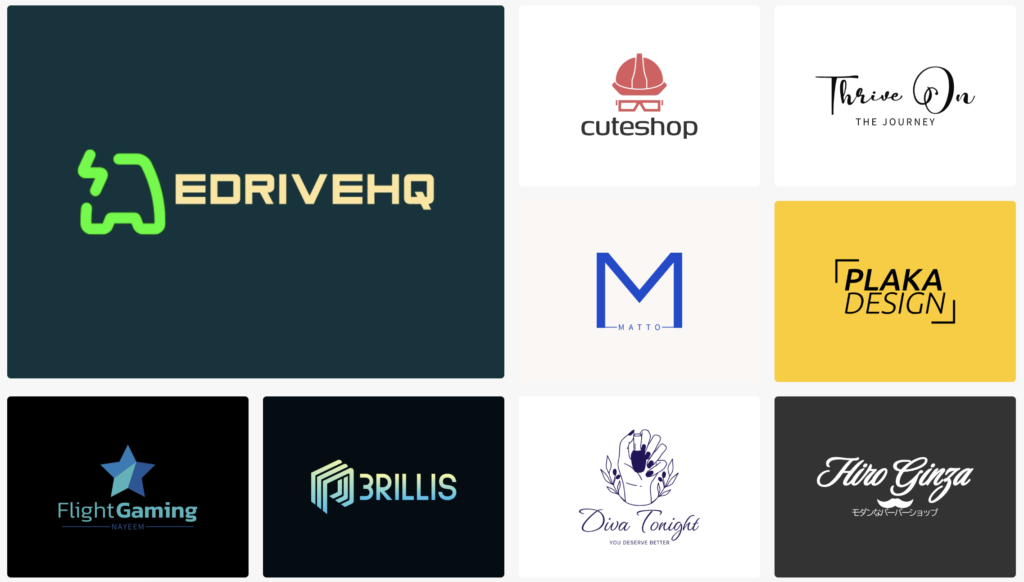
If customers can’t quickly identify your brand, they should at least remember your logo. If they can’t still find your logo memorable, they’re unlikely to return to it in the future.
Relevanz
A great way to ensure relevance is by keeping your branding consistent across all mediums – from your website and social media profiles to your advertising and marketing materials.
It should communicate the essence of what you do in a visually appealing manner. A digital company, for example, might use a modern, minimalist logo to display its cutting-edge image, whereas a more traditional corporation might use an intricate crest to explain its heritage.
Simplicity
Another working wonders on what is a logo is they are often the most basic ones because they’re easy to recognize and reproduce. They are often composed of simple shapes, a wordmark, or a symbol.
The more complicated a logo is, the less likely people will remember it. So, keep it clean and straightforward, but not too simple that it lacks personality.
Zeitlosigkeit
No matter what date or year it is, company’s logo must withstand the test of time and not become outdated. It should remain relevant long after it’s first created.

This explains why so many renowned logos have remained almost unchanged over the years. It should not rely on trendy typefaces or designs that will become obsolete over time.
Vielseitigkeit
Just as how good it looks on a billboard, your logo should also look good on a business card or website. It must be adaptable enough to be used online and offline mediums.
It should also work in both black and white or color, depending on the medium. And finally, it should be easily scaled up or down without losing its quality or appearance.
Distinctive
When your logo design is one-of-a-kind, it can stand out from the rest of your competitions. But if it’s too similar to another brand, then customers might get confused or think you’re trying to copy them.
This is why many businesses prefer abstract or figurative graphics to literal imagery in their logos. An abstract design can be more versatile and memorable. At the same time, a symbolic image can help people instantly identify what your company does.
Either way, make sure your logo is distinctive and recognizable.
Memorable
Memorable refers to something that sticks in people’s thoughts long after they’ve seen it. There are a few strategies to ensure that your logo is remembered.
One way is to use a creative or unusual graphic design. Another option is to include your company’s name or tagline in the logo itself. Finally, make sure it’s relevant to your target audience.
3 of the Most Common Brand Logo Designs
There are a few different types of brand logos that are used most commonly. Here are three of the most popular ones and a brief description of each and to answer the question ‘what is a logo’ differently.
Audi Logo (Four Rings Logo)
The Four Rings symbol is the Audi AG luxurious automotive logo.

The company’s name is derived from the founder’s surname, August Horch, which translates to “listen” in German and “Audi” in Latin.
It comprises of four overlapping circles with chrome and silver-style circles in a white backdrop, representing the merger of Auto Union’s four manufacturers: Audi, DKW, Horch, and Wanderer.
Pepsi Logo (Globe Logo)
Pepsi is one of the most well-known carbonated beverages globally, with an instantly identifiable symbol logo.
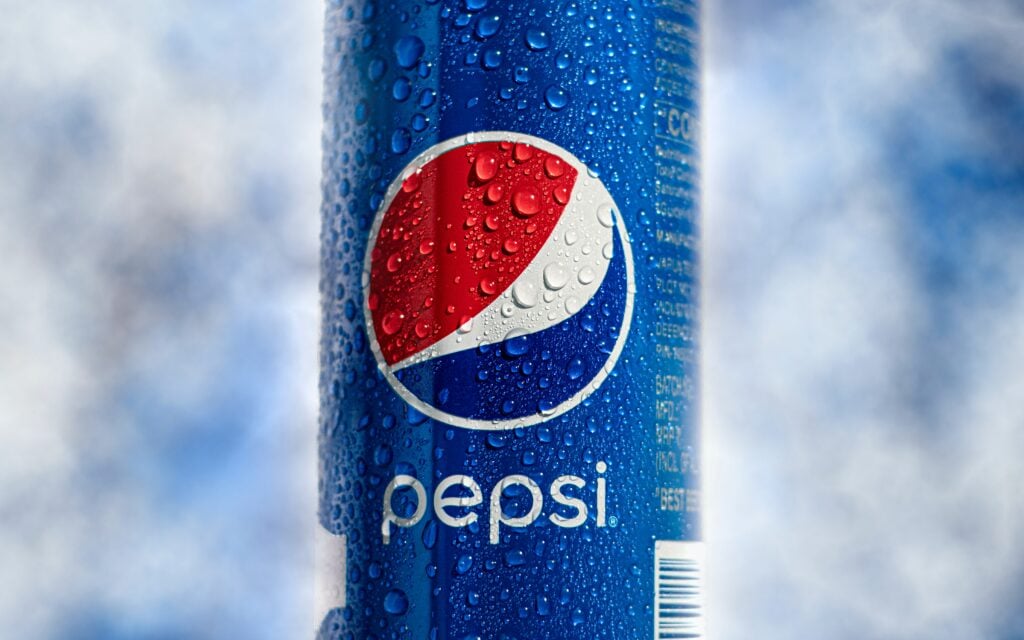
The three-part logo, which includes red (top half), white (wavy white lines), and blue (bottom half), depicts the American flag as well as other symbolic elements.
Some of these decorative elements include the earth’s magnetic field, feng shui, Pythagoras geodynamics, the theory of relativity, and the golden ratio.
Twitter Logo (Bird Logo)
The Twitter bird logo is probably the most well-known social media logo in the world. It was once known as twttr, with a wordmark logo that displayed the entire website name.
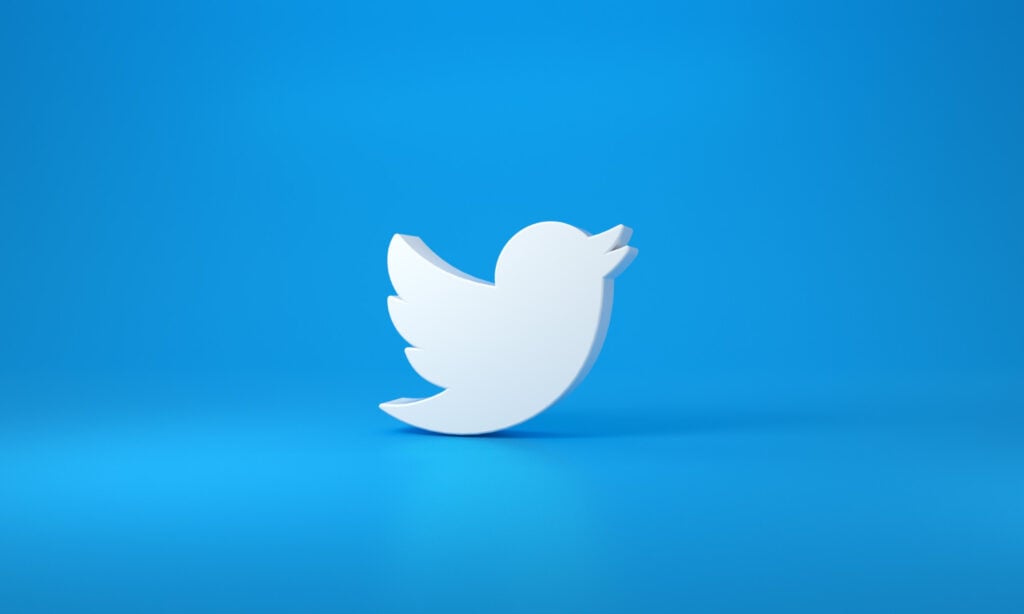
The name was discarded after a few years, but the bird image remained.
Martin Grasser, a graphic artist, created the current light blue hummingbird emblem, which depicts the nature of a tweet being rapid and short, similar to bird noises.
Abschließende Überlegungen
For any business, big or little, a logo is one of the most significant branding assets. It helps you establish brand recognition, loyalty, and awareness by serving as the core of your company’s identity.
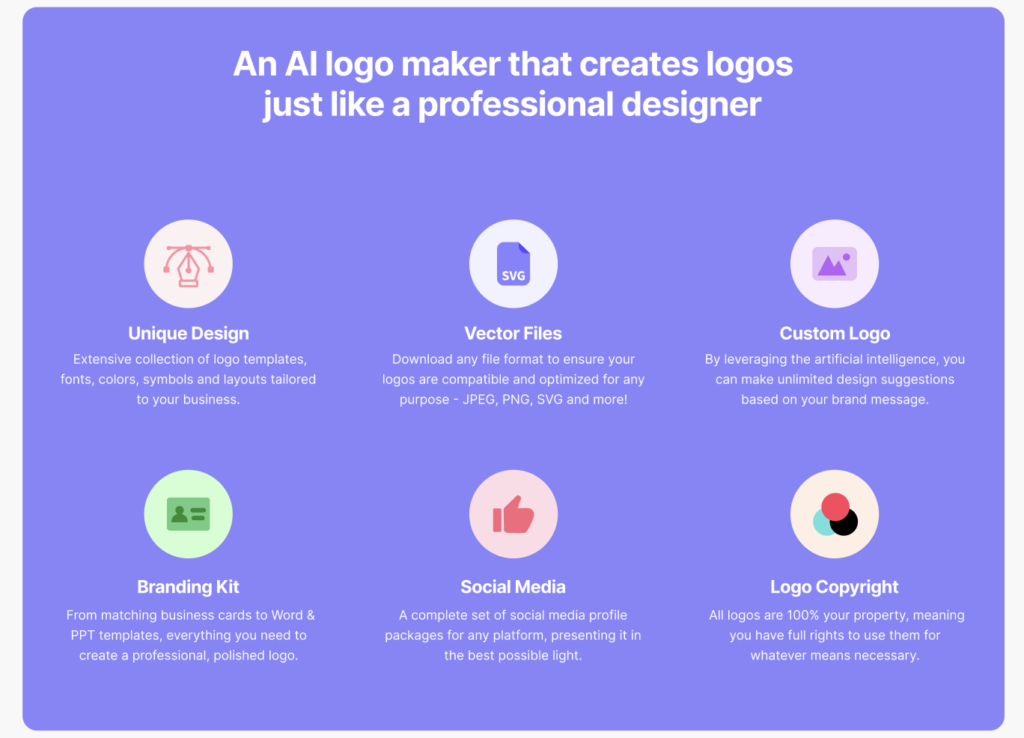
Keep your company’s beliefs, objectives, target demographic, and the components that make up a strong logo in mind when developing a logo.
If you’re looking for help with logo design or branding, contact one of our graphic designers at Logo Maker AI or customize your own logo with our free logo generator available on the website, along with a laptop for graphic design.
Have fun designing!
Frequently Asked Questions About Logo:
Can a Business Run Without a Logo?
While not every business needs a logo, it’s certainly advantageous to have one.
A good logo can help customers instantly identify your company, create brand recognition and loyalty, and be used in various mediums – online and offline.
Depending on the medium, it should also work in both black and white or color. And finally, it should be easily scaled up or down without losing its quality or appearance.
How is Logo Different from Branding?
Logo design is the process of developing a logo for your company, which can be abstract or figurative. Brands represent all aspects of what you want to be associated with your business, such as colors, slogans, personality, and mission. The two are closely tied but different things.
